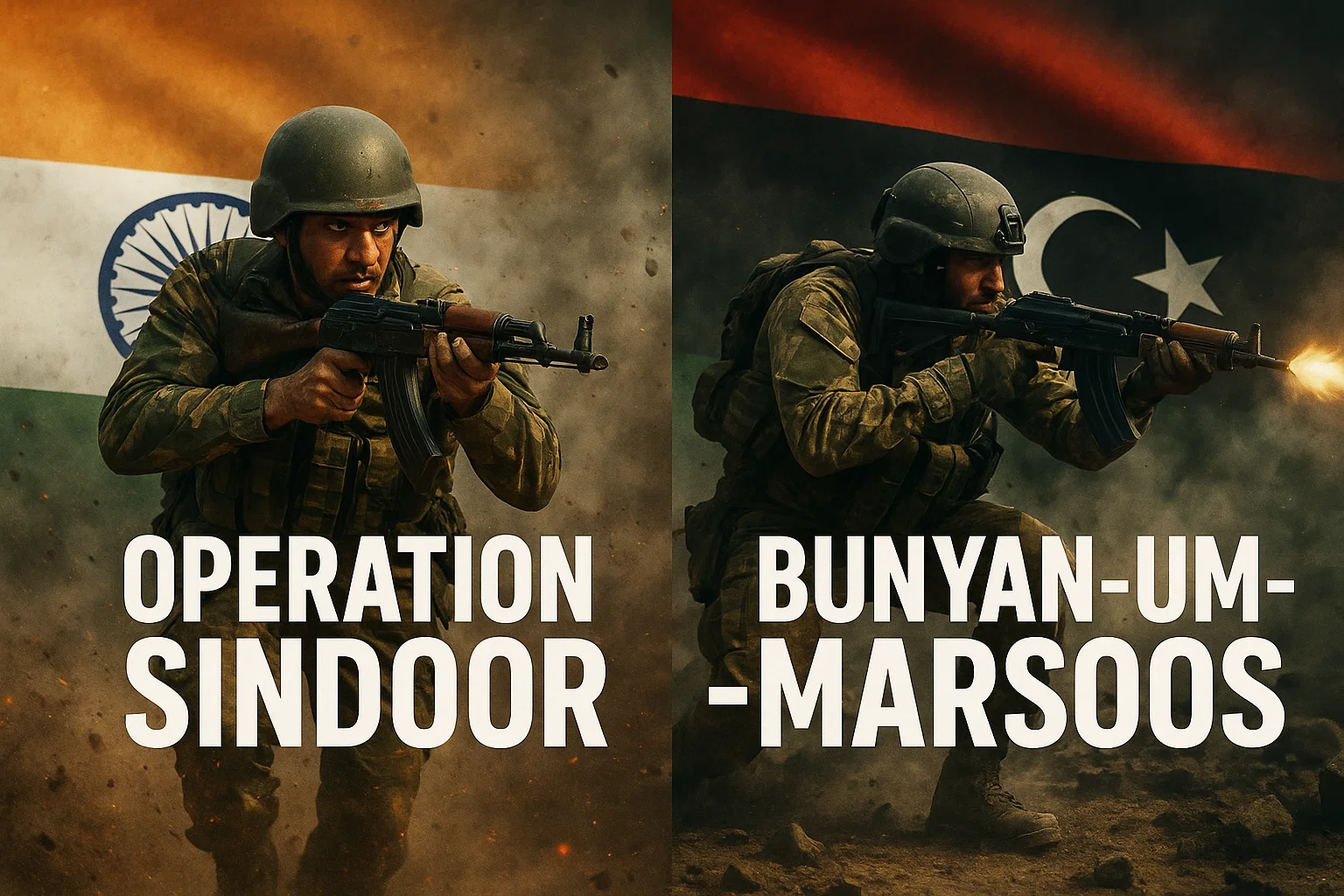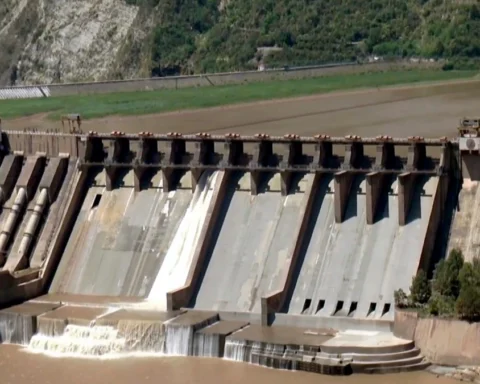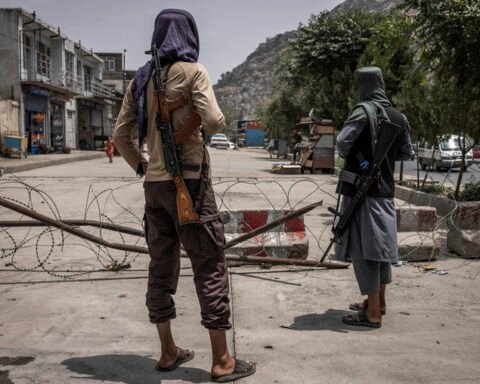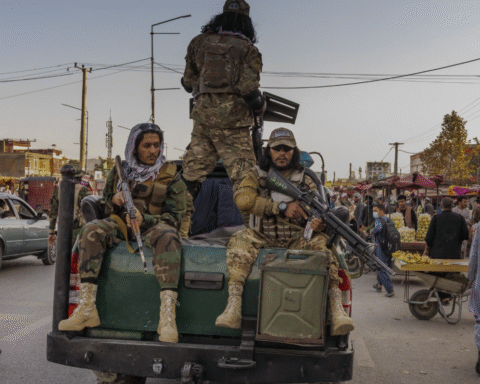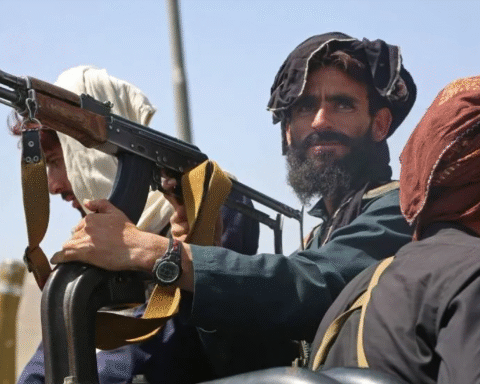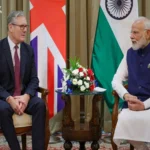The US brokered ceasefire between India and Pakistan is holding for more than a week albeit under increasing confusion. While an intense debate goes on as to who approached whom seeking a ceasefire, many commentators are declaring a tactical victory for Pakistan and a strategic victory for India. Oxford dictionary defines tactical as “actions carefully planned to gain a specific military end,” and strategic means “the identification of long-term or overall aims and interests and the means of achieving them.” Were the two sides really competing with conviction and how far have they managed to achieve their goals? These are the questions that I will attempt to answer in this article.
At tactical level, subsequent to a militant attack in Pahalgam on 22 April 2025, India launched Operation Sindoor when IAF targeted nine targets across the line of control and international border on 7 May. It was serious escalation considering that one of the targets was 100 km deep across international border. In defensive response, PAF shot down eight IAF aircraft including three Rafaels, the latest high-tech aircraft inducted by the IAF. The political leadership of Pakistan and the DG ISPR announced to respond at a time and place of their own choosing. While India continued with random drone and missile attacks in various parts of Pakistan during 8 and 9 May,
Pakistan exercising restraint and probably signalling for a ceasefire did not respond up until the early hours of 10 May. A sudden escalation after Pakistan’s attack on multiple Indian targets during Operation Bunyan-Um-Marsoos and consequent Indian attacks on PAF air bases forced international intervention that resulted in a ceasefire. Despite being reactive, Pakistan did not succumb to Indian pressure. The PAF’s competence in employing its assets to great effects and exposing gaps in the IAF’s doctrine received global attention. The analysts may term it as a tactical victory for Pakistan, but it is not clear what “specific military end” Pakistan gained from a robust defensive response.
At the strategic level, India lost significant ground without having a competitor. Holding Indus Water Treaty in abeyance will label India as a country having no regard for international treaties. The Indian armed forces’, particularly the IAF’s, capacity to absorb technology and quickly operationalize it, is badly exposed. For many years the West and the US are hyping India for a containment role against China; militarily a below par performance will dent India’s credentials for the role.
In Quad (Quadrilateral Security Dialogue comprising Australia, India, Japan, and the US), India has been endeavouring to secure a role in Indian Ocean Region (IOR). The employment of an aircraft carrier by the Indian Navy, witnessed during the operation, will adversely affect her aspirations for a dominant role in IOR. Managing propaganda campaigns for tactical and operational effects during such operations falls within the acceptable norms during such operations; but the way Indian media went berserk was embarrassing to say the least. Bullying relatively smaller neighbouring countries through such narrative shaping will do no good for the strategic aspirations of India.
For decades, the Indian opinion makers have fiercely opposed the commonly used term “Indo-Pak,” to de-hyphenate themselves from Pakistan with reasonable success; operation Sindoor may have pushed them back many years. BJP’s Hindutva based ideology in recent years has dominated India’s political canvas. Attacks on Kashmiris, Muslim minorities and businesses having even a symbolic relevance with Pakistan were reported across India following militant attacks in Pahalgam. Finally, the Indian leaders aspire to be a regional or global power, however their inability to manage a crisis situation bilaterally, requiring external intervention, will have implications for their long-term goals.
There is no winner in the conflict that started on 7 May and continued with varying intensity for four days. At tactical level PAF shot down a few Indian jets, including three Rafaels. At strategic level India had no competitor; yet it lost significant grounds on its long-term aspirations. In fact, the way Indian politics is shaping should be a cause of concern for its smaller neighbours, especially Pakistan.
Pakistan showed restraint despite India carrying out aggressive operations, this finally prompted international intervention to create a ceasefire. India suffered enormously in terms of strategy. Its military action failures revealed the weaknesses of its doctrines and technological combination, and its aggressive media coverage story and Hindutva ideology worked against it, damaging its global credibility. Also, the fact that India could not handle the crisis on its own with a need to be bailed out by external forces undermined its prospects of regional supremacy in the long-term. As Pakistan stuck to its defensive position, India wasted precious military as well as strategic positions.

